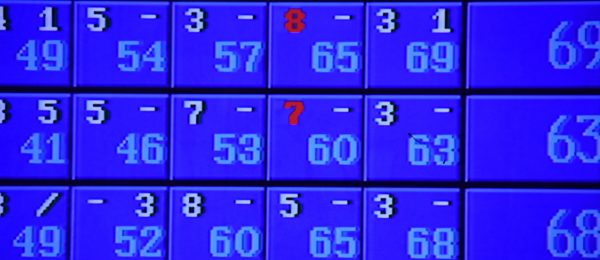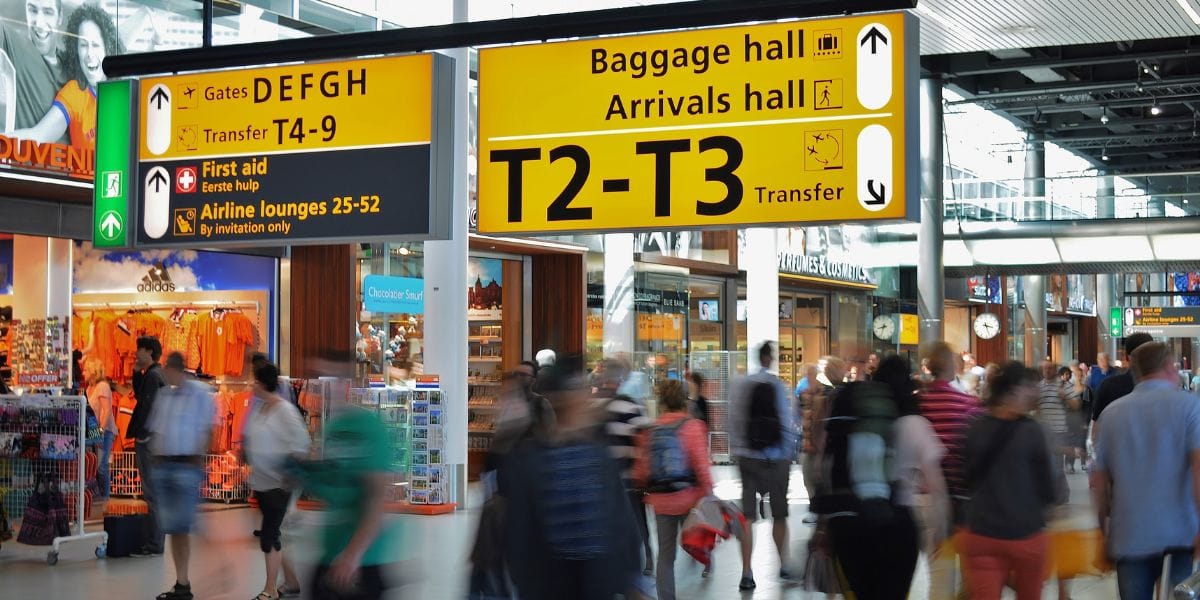So, here’s the scenario... you’ve been looking into investing and, in addition to shares, term deposits, bonds, managed funds and property, you’ve probably also come across an odd little term: ETFs (aka exchange traded funds).
They’re super popular and, unlike other relatively new assets (yes, crypto, we’re looking at you), most ETFs are actually remarkably sound and incredibly convenient, so even seasoned investors have made space in their portfolios for them. But let’s dig a little deeper and find out more about these favourites of the investment world, shall we?
What is ETF investment?

An ETF investment is a type of investment fund that you buy into via shares on the stock exchange.
But instead of buying stocks in just one company, your money is pooled with other investors to buy shares in a collection of assets such as stocks, commodities or bonds, determined by the objectives of the ETF. In 2023, there were 240 ETFs on the ASX alone.
Most major ETFs are created by established investment companies, most of which are large global firms with entire divisions devoted to ETFs on different stock exchanges around the world.
These firms create and maintain the primary shareholding that makes up the fund and, once it’s listed on the exchange, investors can buy shares in the fund. Depending on the ETF they buy, investors can receive dividends, or capital growth if they sell their shares for more than they paid for them.
Of course, just like any other share, their value goes up and down depending on the market. An ETF has a ‘net asset value’ (NAV), which is calculated once a day, and represents the value of the fund divided by the total number of shares on offer. Investors pay the ‘market price’ for their shares which can move about depending on the supply and demand from other investors that day, and can be different to the NAV.
Why invest in ETFs?

The popularity of ETFs lies in their ability to provide a really easy way to create diversity in an investment portfolio, since by their very nature, ETFs generally have diversity built-in.
So, let’s say you hold 50 shares in an ASX200-focused ETF, 50 shares in a global tech ETF and another 50 in gold producers.
Just through your 150 ETF shares, you have actually invested in hundreds of companies, both in Australia and around the world.
Therefore, if the Australian market dips, your exposure could be reduced because the other two-thirds of your portfolio is invested in companies overseas or in gold (which can rise when other shares go down).
And by holding a variety of ETFs, you actually have diversity in your diversity.
Plus, since ETFs are a type of share, you can follow them on the stock exchange, and easily buy and sell them as you wish, or alternatively, sign up to an investment platform that does all the work for you.
While it can be super easy to sell your ETF, the difference between what you want to sell it for, and what someone else may want to buy it for, is known as a buy/sell spread.
How do ETFs work?

ETFs work by identifying a particular market, industry or asset class, and then holding shares in companies that fit into that category – usually in the same proportion as an index.
For example a popular type of ETF in Australia is one based on the ASX200 so it invests in the top 200 companies on the Australian Stock Exchange.
So, if you buy an ASX200 ETF, instead of buying shares directly in Coles and Woolies and Westpac and Qantas and BHP and Telstra so on, you buy shares in a fund that owns Coles, Woolies, Westpac stocks etc. And when those companies pay shareholder dividends, the fund receives the payment and then distributes this amongst its shareholders.
You can find ETFs that invest in top tech businesses, the biggest companies in Asia, the world’s major healthcare companies or those who focus on gold production, real estate investing, or ethical business. There are ETFs that invest in companies that issue high dividends, are leading players in emerging economies, or simply hold cash deposits in banks.
Unlike actively managed funds though, many ETFs are ‘passively’ managed. This means that, once the primary shareholdings have been identified, there’s not a lot of ongoing strategic buying, shifting and selling of stocks. Instead, there’s just a bit of tinkering at the extremes (often automatic) to ensure that the ETF’s overall portfolio of shares matches its objectives and ‘rules’.
For example, the ETF is designed to hold the top ASX200 companies, so if a company falls out of the top 200, then the fund may sell that company’s shares and buy into its replacement in the ASX top 200 index.
Finally, most ETFs are index based so their value should ideally follow the overall trend of the index it’s related to, so for instance an ETF based on Australia’s top 200 companies will rise and fall in line with the ASX200.
Similarly, an ETF that focuses on gold producers will tend to follow the price of gold as it goes up and down, just as the individual shares in the gold producers can do.
What ETF should I invest in?

The decision on what ETF to invest in is really up to you and your personal investing preferences, such as whether you want to invest in Australian companies, big global players, socially-positive corporations or more niche markets.
ETFs can be really specific, such as lithium producers, or broad such as the world’s top 100 companies by value.
If you’re looking at ETFs with an overseas focus, you may come across something called hedged ETFs... and no, they’ve got nothing to do with gardening. Instead, they’re set up to help you limit your total exposure to currency movements, so that,, all going to plan, the value of your ETF isn’t affected too much by the Aussie dollar going up or down.
They’re pretty technical and can expose you to more risk, so can be best left to experienced investors,but that being said, the golden rule of investing still applies – diversify. Which means you may want a mix of hedged and unhedged, if you have a variety of global ETFs.
What are Exchange Traded Products?
Exchange Traded Products are the broad category of things (other than company shares) you can buy and sell through a stock exchange, including exchange traded commodities, currencies, stocks, and bonds. Exchange Traded Products tend to be the realm of serious investment professionals as they can sometimes carry higher risk than ETFs.
What’s the best way to invest in ETFs?

The best way to invest ETFs is really, again up to you. Their overall simplicity means that, if you have some experience in researching, tracking and buying on the ASX, then that’s one option. Otherwise, you can leave it in the hands of experts.
So now, hopefully, when you hear people going on about ETFs (and it is actually a fascinating topic), you know what they’re talking about and can join in... and if you’re feeling brave, drop the word ‘hedged’ in and sound like a true pro.



